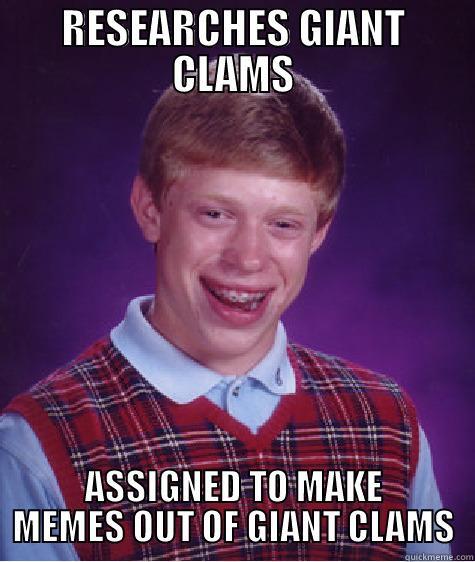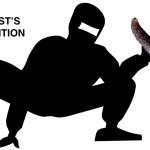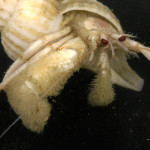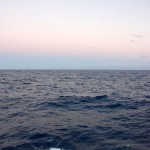With 5 stunning Duke University undergraduates, I am participating in an experiment, one in which science outreach and research aren’t seen as separate spheres.
“Time to put away the research and do some outreach.”
“I don’t have time for outreach because I’m doing research.”
Instead, I believe that effective science communication, from the scientists themselves, must be based on a model with better integration between research and outreach. And importantly, we must teach these models to our students.
At the beginning of the summer, I knew I wanted to try something new. I wrote this in my lab notebook during that time.
1 part research,
1 part social media outreach,
and 4 parts massive ocean animals
This essentially was a recipe for my own research. Could this work for a course or independent study? My recipe needed specifics. I came up withthis.
For an entire semester, 5 undergraduates would explore and collect data on the body size of various ocean giants ranging from the giant squid and blue whale to the oarfish and leatherback turtle. Each student would focus on a few specific animals and collecting data from scientific literature, contacts at museums, public media, fisheries services, and other archival information. The quantitative data would placed in a database to be analyzed for measurement bias, age patterns, geographic variation, sex differences, etc.
The students would become experts on their individual animals. Part of that coming about by searching the literature for body size data. Part coming from sharing that knowledge with the public. I would ask each student to contribute blog posts to storyofsize.com and that would serve as our core ofoutreach. I would require each student to engage the science community and public via Twitter. Each week there would be a Twitter assignment.
And now three weeks in the semester, I am happy with the progress. I lucked out with a great set of students. They generated some amazing posts at storyofsize.com which I will begin to syndicate here at DSN. The engagement on Twitter has been amazing. Already, I have seen other scientists engage my students. One of these, led to a lead that turned about over 20,000 lines of body size data! The first Twitter assignment, to generate LOLCat memes about your animal, is occurring right now at the hashtag #sizingoceangiants.
My students are both collecting some serious data and producing some serious outreach. I suspect none of them knew exactly what they are getting into. Last week we discussed how food availability impacts the body size of mammals and molluscs. We followed up that conversation with some basic rules of internet memes and LOLCats. I think the students are finding the tasks challenging. One of the students generated the below based on the Bad Luck Brian meme.







3 Replies to “Integrating Research and Outreach Through Massive Ocean Animals”
Comments are closed.